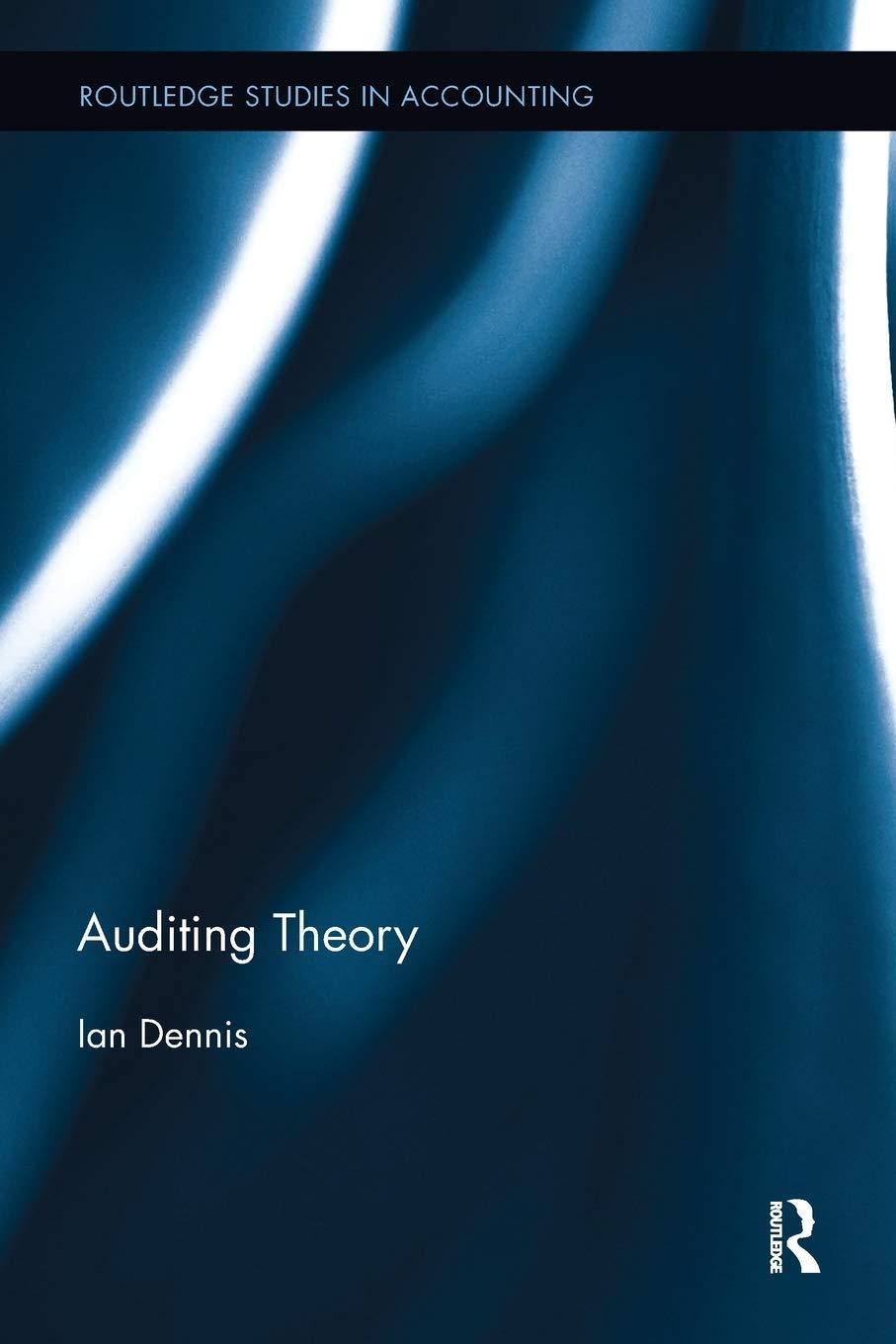Answered step by step
Verified Expert Solution
Question
1 Approved Answer
Can someone please solve this with details please! The joint cost to produce Products 1A, 2A, 3A and 4A is $4,000. Each of these products

Can someone please solve this with details please!
The joint cost to produce Products 1A, 2A, 3A and 4A is $4,000. Each of these products can either be sold at the end of the joint production process, or can be processed further into 1B, 2B, 3B and 4B. Production and selling information is as follows: Product Name Product 1A Product 2A Product 3A Product 4A Batch size (kg) 30 20 6 4 Sales Value ($ per kg) 100 50 2 0.5 If further processed: processed from: Product 1A Product 2A Product 3A Product 4A processed into: Product 1B Product 2B Product 3B Product 4B additional costs (in $) 50 130 120 10 Final batch size (kg) 29 15 6 3 Final Sales value ($kg) 120 200 100 6 For example, at the end of the joint production process, there are 30 kg of Product 1A produced, and each kg of Product 1A sells for $100/kg. The 30kg batch of Product 1A can either be sold at this point for $3,000 (30kg x $100/kg) or the batch can be further processed into a batch of Product 1B at an additional cost of $50. This will produce a 29kg batch of Production 1B that sells for $120/kg for a total sales value of $3,480 (29kg x $120/kg). Required: Part A Assuming that none of the products are byproducts, calculate the how much of the $4,000 joint cost should be allocated to each product using the four methods discussed in class. Part B Allocate the $4,000 joint cost assuming using the Net Realizable Value method and assuming that product 3 and product 4 are both byproducts. (hint: first determine if 3A should be processed further in 3B, and if 4A should be processed further into 4B) The joint cost to produce Products 1A, 2A, 3A and 4A is $4,000. Each of these products can either be sold at the end of the joint production process, or can be processed further into 1B, 2B, 3B and 4B. Production and selling information is as follows: Product Name Product 1A Product 2A Product 3A Product 4A Batch size (kg) 30 20 6 4 Sales Value ($ per kg) 100 50 2 0.5 If further processed: processed from: Product 1A Product 2A Product 3A Product 4A processed into: Product 1B Product 2B Product 3B Product 4B additional costs (in $) 50 130 120 10 Final batch size (kg) 29 15 6 3 Final Sales value ($kg) 120 200 100 6 For example, at the end of the joint production process, there are 30 kg of Product 1A produced, and each kg of Product 1A sells for $100/kg. The 30kg batch of Product 1A can either be sold at this point for $3,000 (30kg x $100/kg) or the batch can be further processed into a batch of Product 1B at an additional cost of $50. This will produce a 29kg batch of Production 1B that sells for $120/kg for a total sales value of $3,480 (29kg x $120/kg). Required: Part A Assuming that none of the products are byproducts, calculate the how much of the $4,000 joint cost should be allocated to each product using the four methods discussed in class. Part B Allocate the $4,000 joint cost assuming using the Net Realizable Value method and assuming that product 3 and product 4 are both byproducts. (hint: first determine if 3A should be processed further in 3B, and if 4A should be processed further into 4B)Step by Step Solution
There are 3 Steps involved in it
Step: 1

Get Instant Access to Expert-Tailored Solutions
See step-by-step solutions with expert insights and AI powered tools for academic success
Step: 2

Step: 3

Ace Your Homework with AI
Get the answers you need in no time with our AI-driven, step-by-step assistance
Get Started


